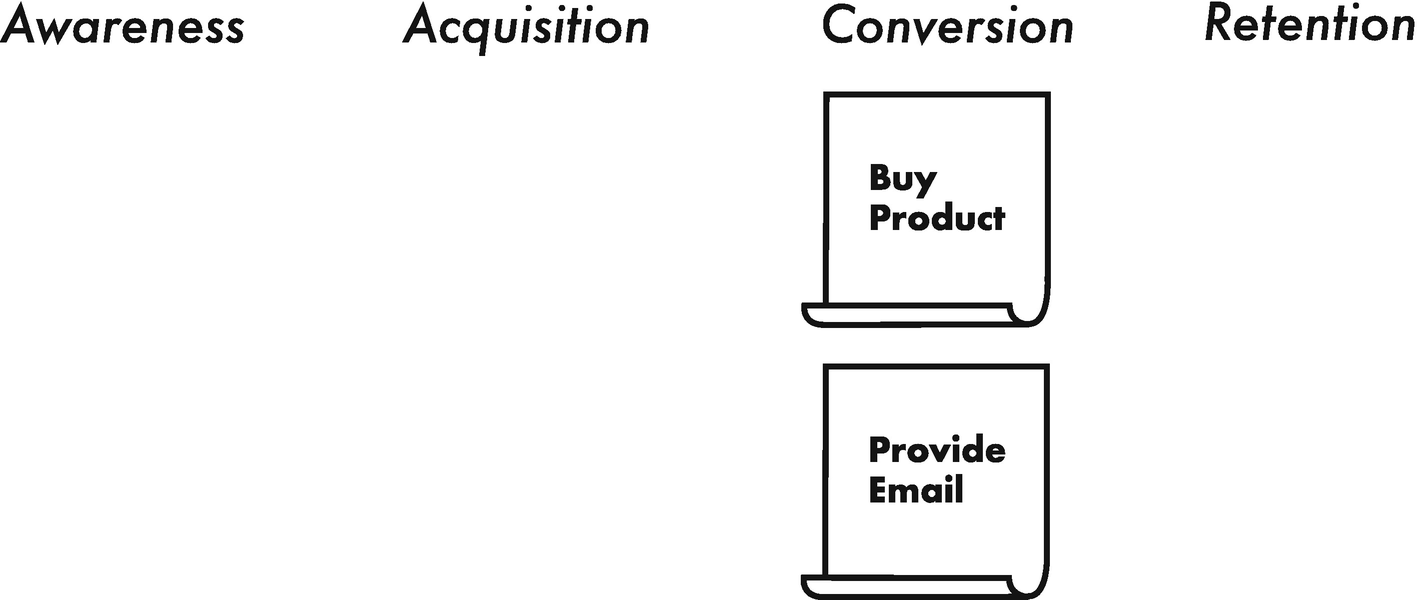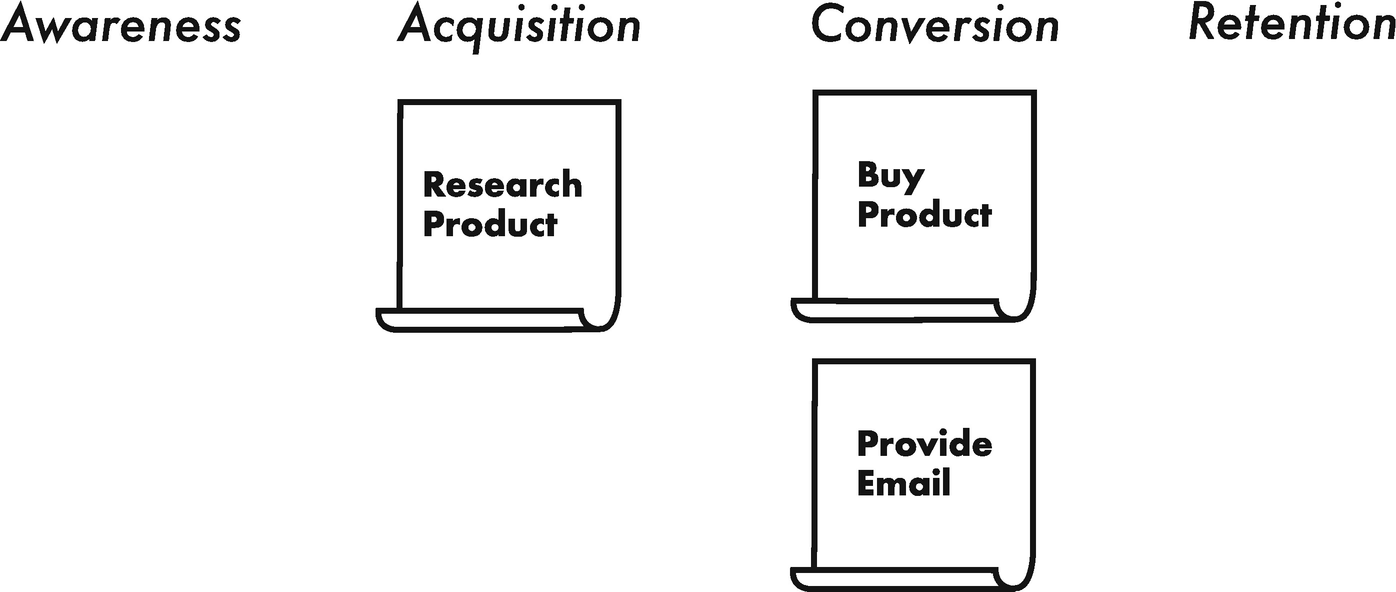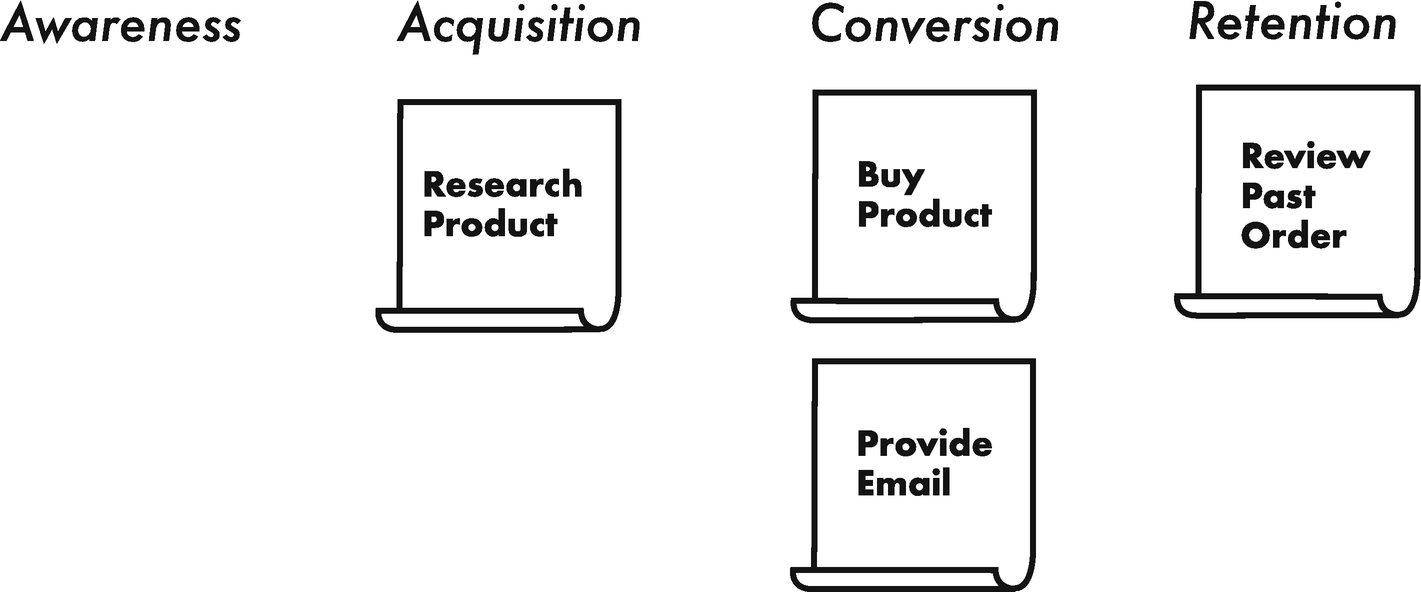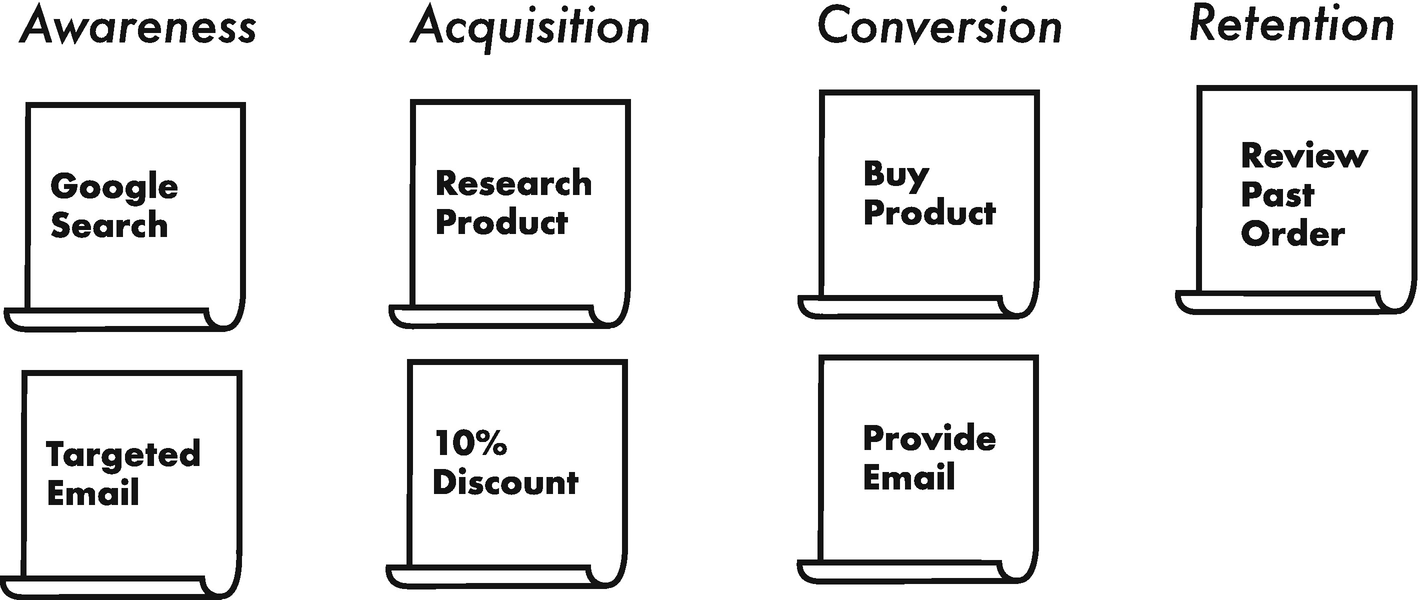Far off in the Pacific Ocean, past thousands of miles of rolling waves, beyond the western coast of the Philippines, sit the Spratly Islands.1 Less than two square miles of visible land stipple 200,000 square miles of open water. Like paint droplets sprayed across the canvas of the South China Sea, dozens of uncharted reefs and uninhabited atolls form what sailors call the Dangerous Ground.
It is an ominous label for what amounts to some rocks, sand, and few palm trees. Despite six nations asserting ownership over the islands, no single nation, no single source, knows the exact boundaries or composition of the area. Centuries of cartography have yet to precisely map the Spratly Islands. Without an accurate assessment, navigational charts disagree, militaries skirmish, and ships run aground. The islands remain a mystery.
As with any exercise in discovery, be it an island chain or user experience, a map helps guide our way. Maps transform abstract notions into tangible landmarks, clarifying foggy visions, becoming the solid earth to which we anchor our ideas. We uncover dangers hiding beneath the surface of an experience—the obstacles that compromise business objectives and force users to abandon . We avoid territorial disputes between team members, designing software based on a user’s journey rather than our own.
When we map user experience, we do not describe a fixed, unchanging landscape. Its borders are far more dynamic. It expands and contracts based on the emergence of technologies, the volatility of markets, and the whims of human beings. To chart the course ahead, we design an experience before it begins.
Journey Mapping
Even with the best research, we only partially understand our audiences. Eventually, we learn their ages and incomes, likes and dislikes, proclivities and peccadillos. Although this information shapes our creations, it does not tell us what to create. To create, we must design an experience.
How did users get here? What are they doing now? Where will they go next? We ask ourselves these questions when we create—be it building a website or writing a book.
You, the reader, are a bit of a mystery to me. As a writer, I am left wondering how you arrived at this exact moment. Perhaps you turned a printed page, followed a blog link, or fast-forwarded an audio narration. One of those activities led you here, but we both know your journey started well before that.

A simple journey

Where the user is going

Before, during, and after
Read a printed page
Read a blog post
Read an email
Read a quote containing this text
Read a tweet
Read a Facebook post
Read an Amazon review
Read the text signed in American Sign Language
Read using an assistive technology
Listen to an audio narration
How to Create a Journey Map
A whiteboard or wall serves as an ideal location to engage in journey mapping exercises—the bigger, the better. Cover its surface with a roll of craft paper or sheets from an easel pad. (This allows you to roll up the journey map once it is finished.)
Journey mapping exercises do not require a specific number of meeting attendees. Five people works well, but you could also create a journey map alone or with a large crowd. Include attendees who have specialized knowledge about a business or audience, such as board members, call center staff, lawyers, and database administrators.

An example journey that maps a customer’s initial motivation to sustained retention
For demonstration purposes, let us use the typical marketing funnel of an e-commerce website, starting with awareness and ending with retention. Divide the wall into several sections: Awareness, Acquisition, Conversion, and Retention. To start, we ask attendees an open-ended question:
What are our business objectives?
The attendees might answer:
“The company wants users to buy products.”
“The company wants users’ email addresses.”

Business objectives under conversion
Getting a person to do anything is a conversion. Although the term often describes an exchange of money, it is actually about the exchange of value. We want something from a user, so we need to give something back. (Hold that thought. We will revisit conversion in a minute.)
What do users need?
“Users want to research a product.”
“Users want to buy a product.”
“Users need to review their past orders.”

User goal under acquisition
Buying a product is a form of conversion. We have already placed “Buy Product” within the journey because it is also a business objective.

User goal under retention
At this point in the exercise, some attendees may start questioning how all the Post-Its correlate. This is where journey mapping proves its worth. We start connecting points on the map.

Discount leads to conversion

Awareness leads to acquisition

Retention may be a starting point
The secret behind journey mapping is ensuring that all points connect: each awareness point connects to an acquisition , each acquisition point connects to a conversion, each conversion point connects to a retention. Like a bridge joining two islands, each pairing allows users to move from one part of an experience to the next.

A complete, interconnected journey map
Weak connections within a journey indicate where users may abandon . Pay special attention to these areas. If you cannot think of a reason to move from one point to next, neither can your users.
Journey mapping shows us that UX is far more than a set of disconnected tactics. It entails a series of connections, transporting users from point to point as they pursue their goals. Each point has a before, during, and after—nothing happens on its own. No experience remains an island.
Key Takeaways
Even with the best research, we only partially understand our audiences.
We can map out every conceivable user experience by understanding the before, during, and after of an experience.
Weak connections within a journey indicate where users may abandon .
If you cannot think of a reason to move from one point to next, neither can your users.
Questions to Ask Yourself
Who is having the experience?
What steps do users take to complete their goals?
How can I support users at each step within their journey?
Am I providing too much help to users?
Where do user goals intersect with business objectives?
What happens before, during, and after each step within an experience?
Where are the holes within an experience?
Where is additional research needed?
How do I retain users once they have completed their goals?
